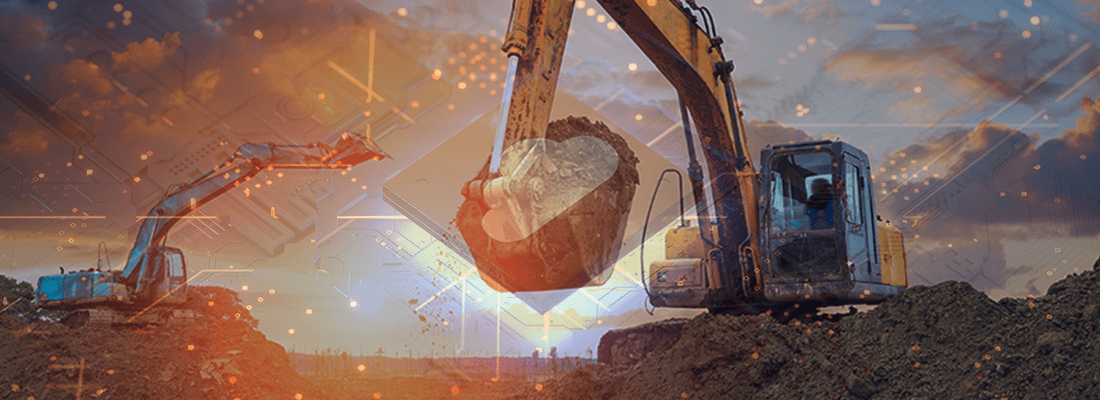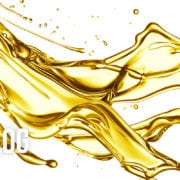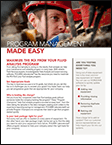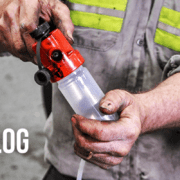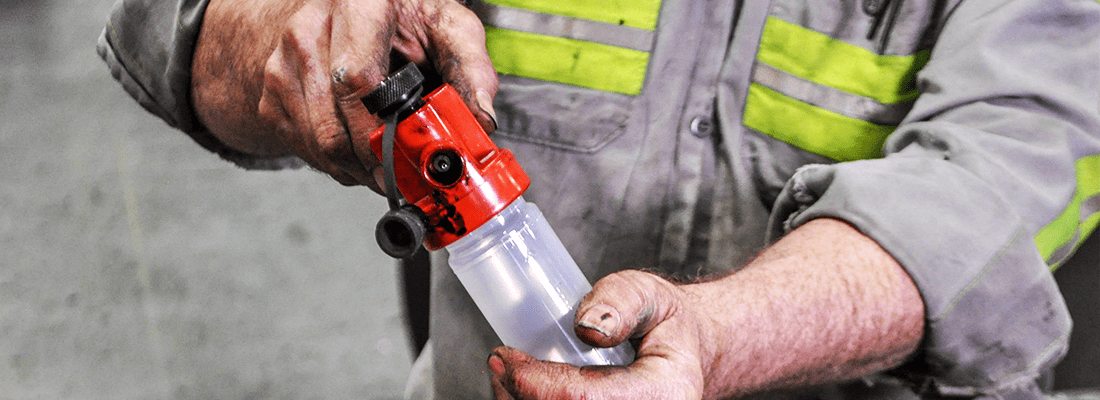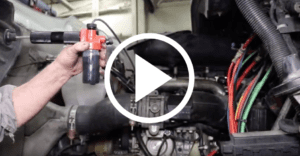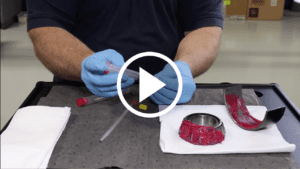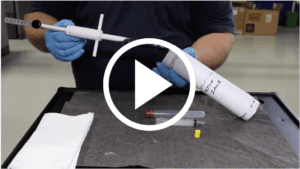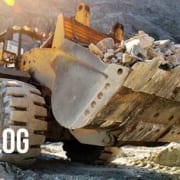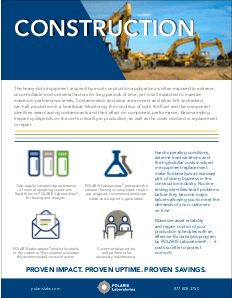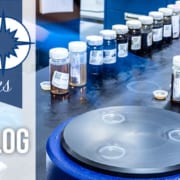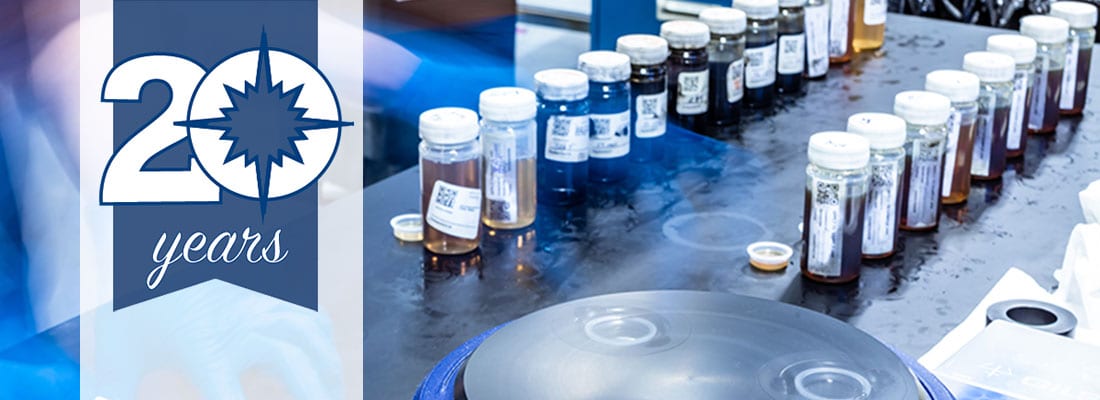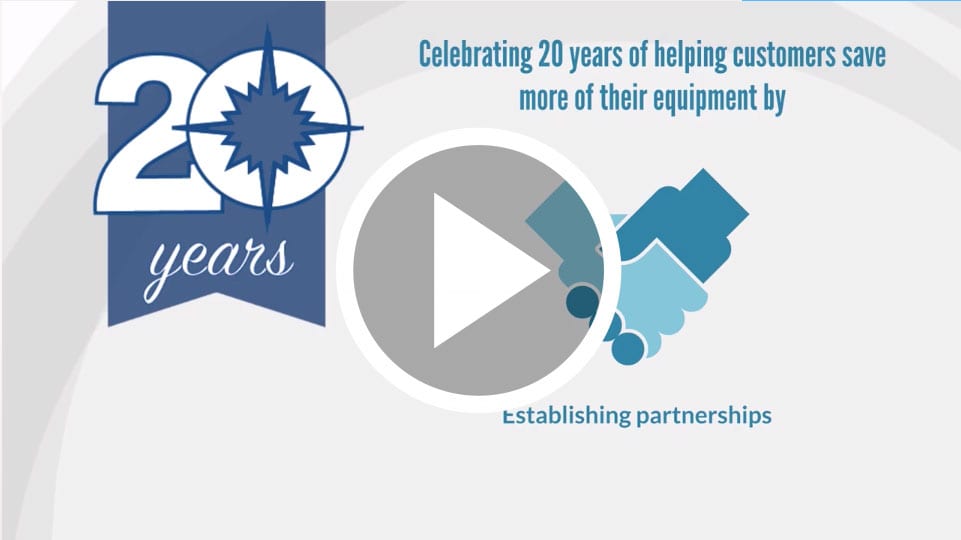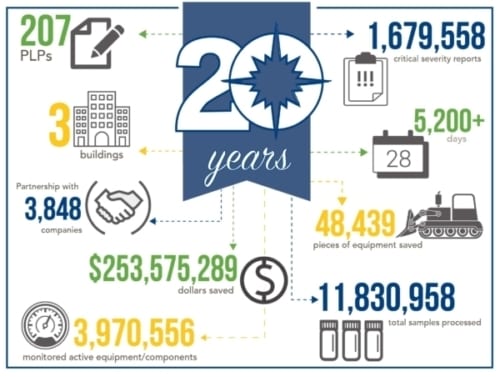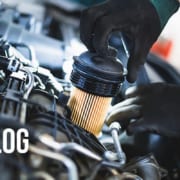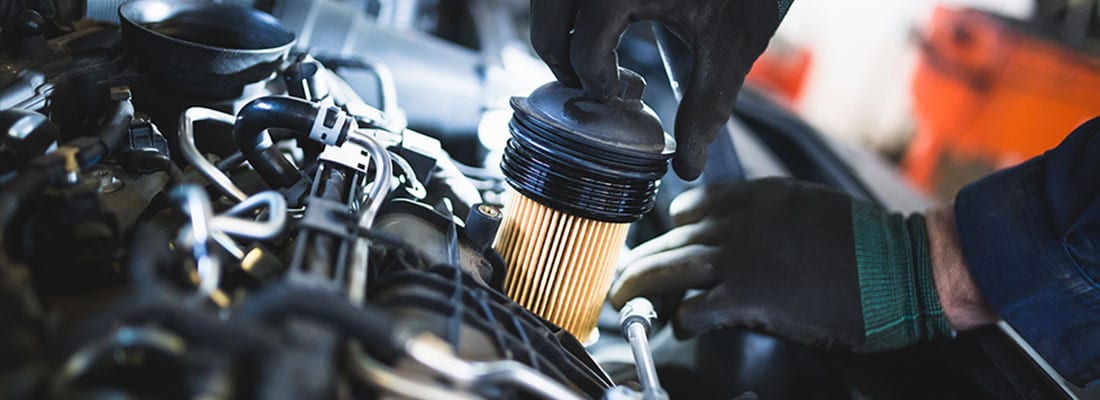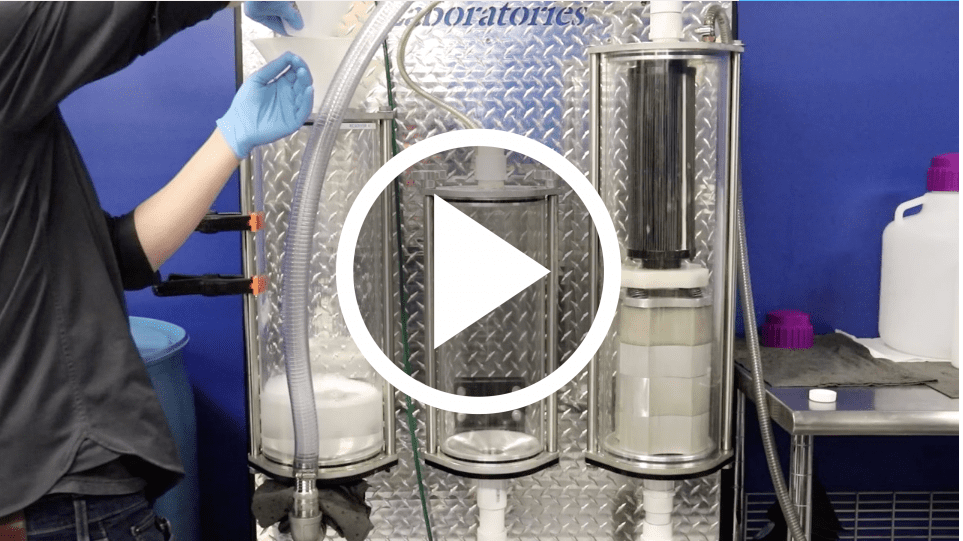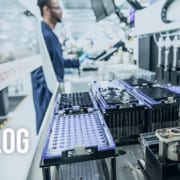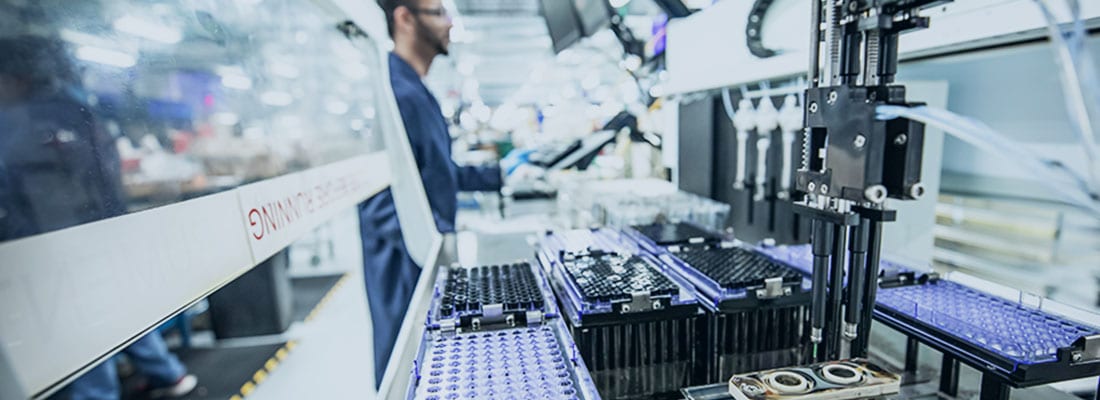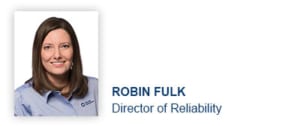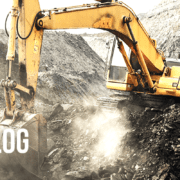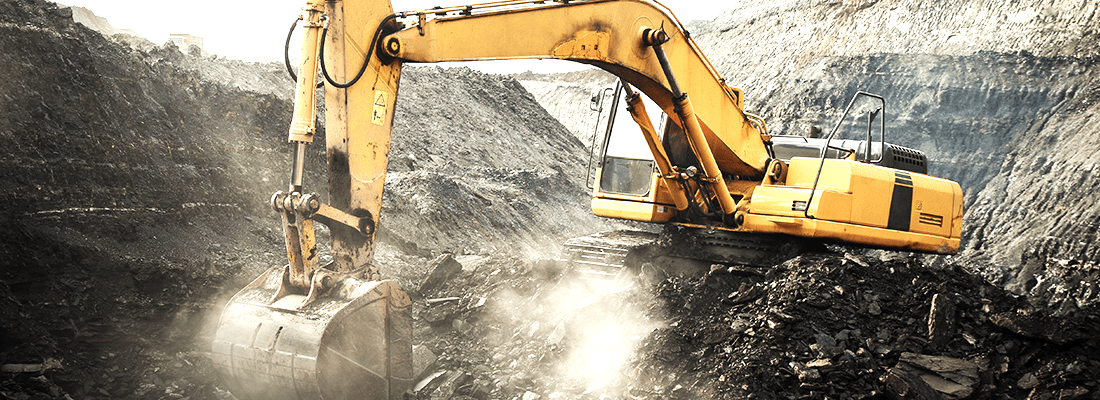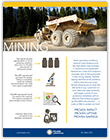Managing Your Fleet in Real-Time
Maintenance managers in the construction industry have more information available at their fingertips regarding the health and risk of their equipment than ever before. Real time information regarding equipment location, operating conditions, component temperatures, fault codes and a host of other telematics and on-board sensors data. This information is not just raw data, but is converted to useful information, including alerts, dashboards, charts and graphs allowing informed maintenance decisions.
Fluid Analysis Adds Value
We all know the value of a successful fluid analysis program and how, when implemented and ran correctly, can reveal the earliest stages of abnormal component wear and help determine the optimal drain intervals. Fluid analysis is the leading science for non-invasive testing available for a predictive maintenance program.
So why have you not incorporated your fluid analysis results with the other information you are collecting?
Connections are Happening
Imagine if you had, at your fingertips, an electronic copy of the latest operators walk -around report which indicates ‘low coolant level’, in addition, the engines on-board sensors reveal excessive engine temperature, and you also have your latest engine oil analysis report showing high level of sodium and potassium (which is a sure indicator of coolant in the engine oil).
Would it not be of great benefit to have all this combined information easily available? Just think of the value in not only deciding if the equipment should be shut down immediately or allowed to run, but think of the value regarding the insight of the maintenance actions / repairs that need to be taken!
So, back to the question, why is your fluid analysis data not part of the real time information you are focusing on?
Getting Connected is Easy
Today, with POLARIS Laboratories’s integration solution, DataConnect, your fluid analysis data is syncing directly to your CMMS is just an email away. Perhaps you would like the laboratory to work with your third-party telematics service provider for the development of the dashboards, charts and graphs you would like to see, we can do that. In today’s connected world, it only makes sense to integrate all the available data, including your fluid analysis!
Connect your account manager or custserv@eoilreports.com with your interest in this no-cost service we provide for our customers.
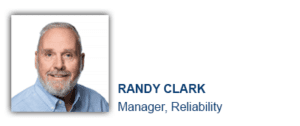
Proven Impact. Proven Uptime. Proven Savings.
Let us prove it to you.


